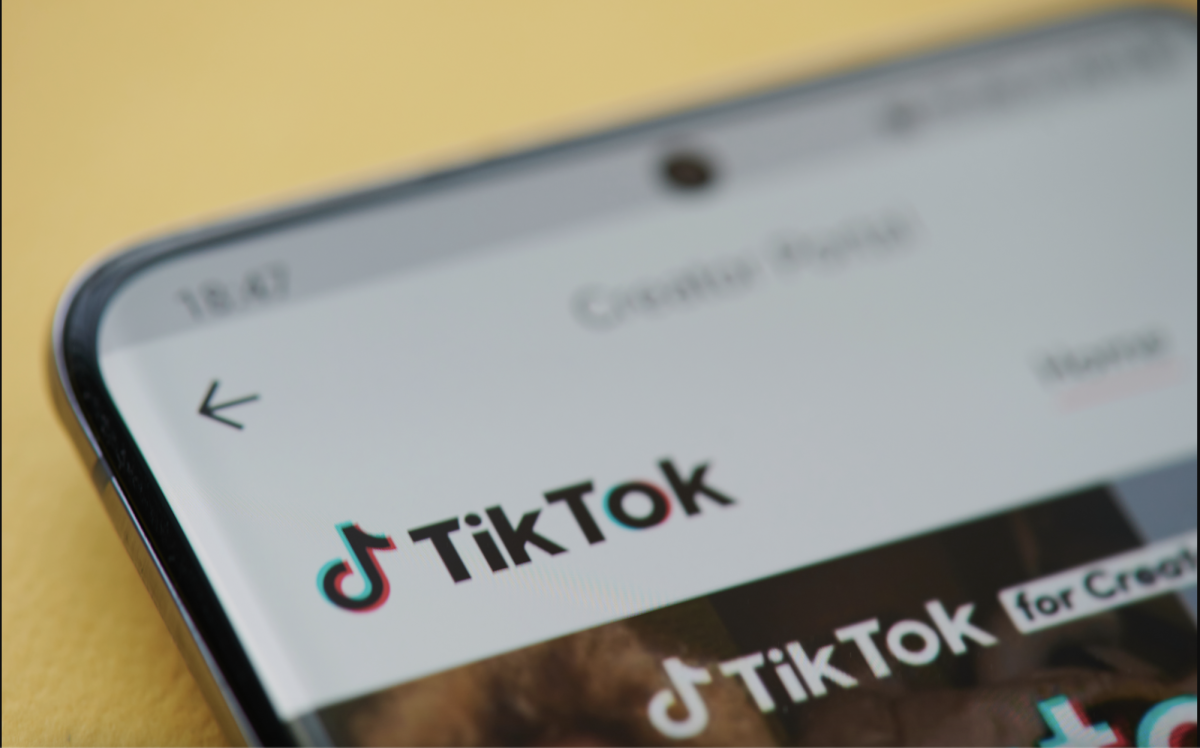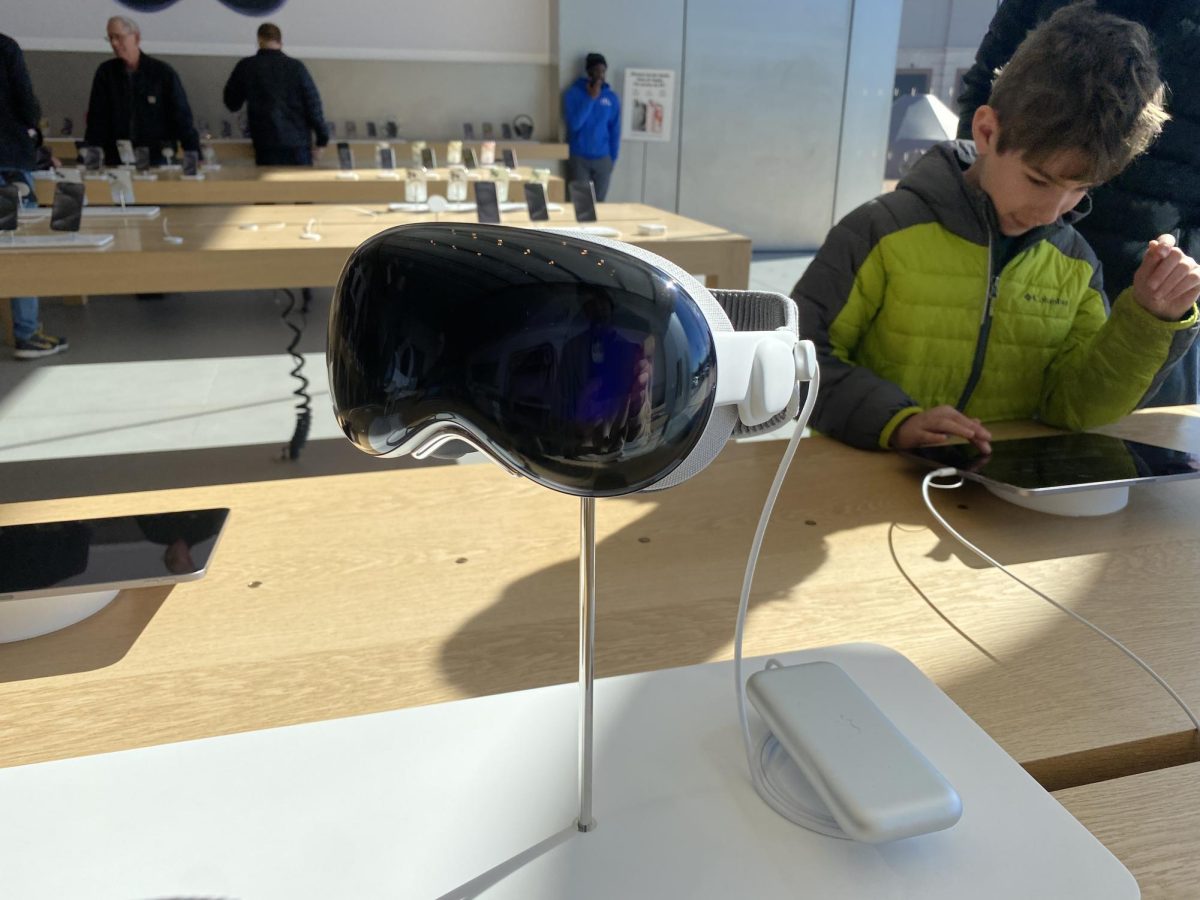A $3,500 spatial computer on your head, displaying at 4K resolution, capable of eye-tracking and virtually no lag. Though it sounds like a futuristic fantasy, this has become a reality in past months.
The viral Apple Vision Pro, announced on June 5, 2023, has been a viral sensation among Apple enthusiasts and tech reviewers. Heralded as the future of technology, many people have been drawn towards the new augmented reality headset.
But how does it really hold up in real life; outside of reviews and rumors? To find out, I booked a demo session at the Apple Store in Eton and went to test the Apple Vision Pro for myself.
The Apple Vision Pro’s main function is to make everyday life easier by creating a virtual world overlaying the user’s vision. Apple Vision Pro uses advanced technology to track eyesight, and highlights various things in the display based on what the user is looking at. Instead of using a mouse and cursor to navigate through a computer, eyesight is used to navigate the interface. With a quick tutorial, I was able to use my eyes to look at various apps or photos and use my hands by touching my thumb to my pointer finger to click on whatever I wanted.
The Apple Vision Pro also utilizes Optic ID, which, similarly to Face ID, allows for the Apple Vision Pro to be unlocked via your eyes, ensuring security of the device. Once accustomed to the navigation of visionOS, other functionalities of the headset were very easy and intuitive to use. Zooming in and out can be done by using your pointer finger and thumb and moving them in opposite di- rections to zoom in, and vice versa for zooming out.
Because the Apple Vision Pro displays images at 4K resolution and has over 20 million pixels, the image quality is quite impressive. Finally, by turning the digital crown at the top of the Apple Vision Pro, you are able to put yourself in an “immersion,” by replacing the outside world with different scenery such as the Moon. However, even within this mode, you are still able to see people directly next to you to ensure you are still present and active in the real world.

While I was unable to test this feature, the Apple Vision Pro also offers seam- less connectivity with your other Apple devices, allowing you to use your computer display within the visionOS. All of these features allow for the Apple Vision Pro to be extremely innovative and ahead of its competitors. But it begs the question: Is the Apple Vision Pro worth the $3,500 price tag?
The short answer is no. While there is virtually no piece of technology capable of doing what the Apple Vision Pro can do, there are still many virtual reality headsets that come at a fraction of the price that do marginally what the Vision Pro can do. The Oculus Quest 3, coming in at around $500 at retail price, can be used as a standalone headset and while it may display at a lower resolution, it’s still capable of many things the Vision Pro also does.
The Apple Vision Pro is also primarily a developer tool at the moment, where developers can make software that is seamlessly integrated into the Vision Pro. All of this capped with the battery only lasting two hours, makes the Apple Vision Pro something to look out for in the future, but still needs vast improvements to justify the price point.


























